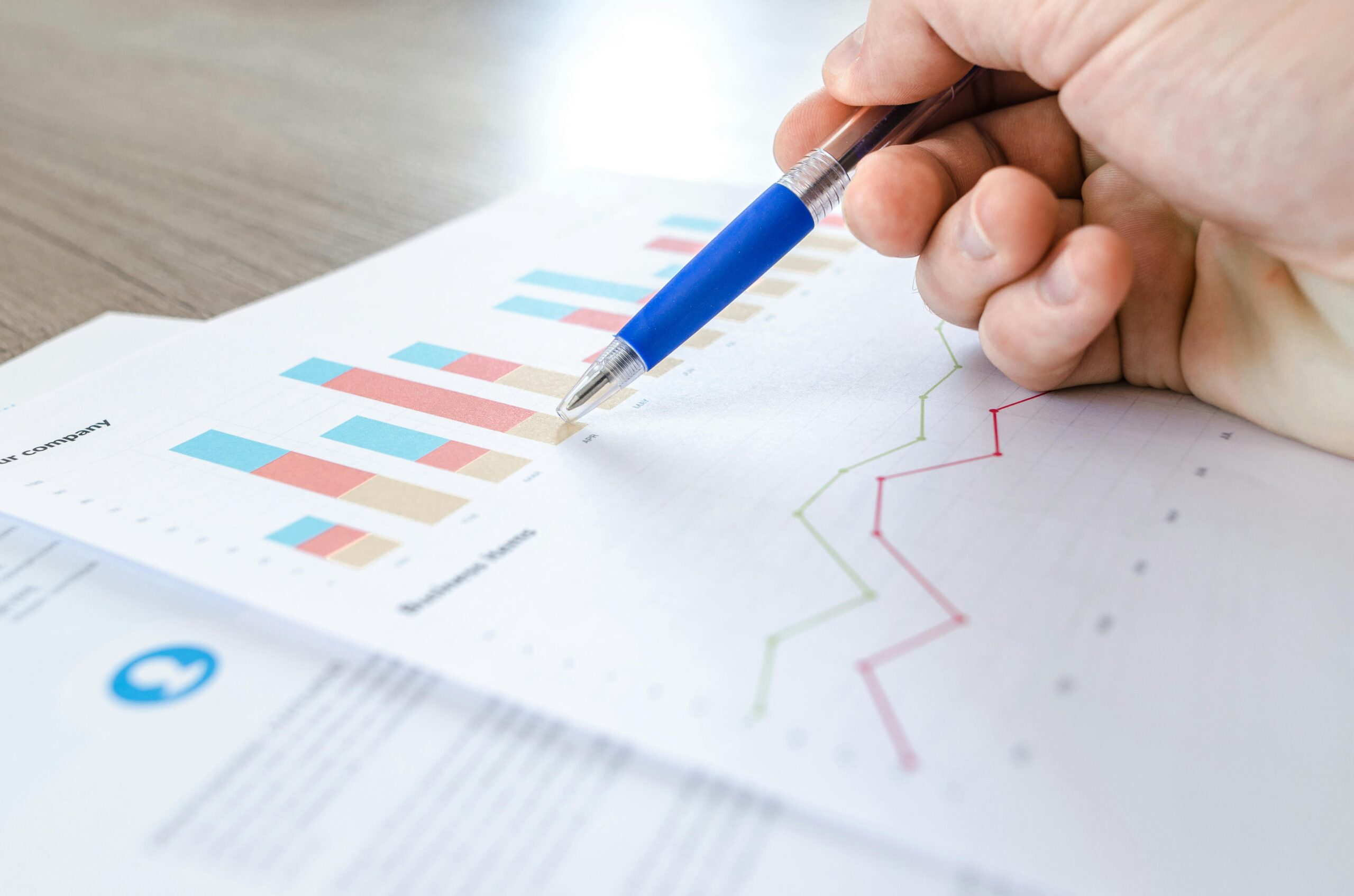Big Data has barged into the lab, wearing digital lab coats, armed with terabytes of information, and absolutely no chill.
Once upon a time, in a petri dish far, far away, researchers worked tirelessly, hunched over microscopes, manually crunching numbers, hoping their hypotheses wouldn’t dissolve like unstable compounds. Fast forward to today:
Welcome to the golden age of big data in life sciences, where pharmaceutical data analytics is less about intuition and more about interpretation—of millions, sometimes billions, of data points. If science were a crime scene, Big Data would be CSI, Sherlock Holmes, and a psychic medium all rolled into one.
Let’s decode this complex compound, shall we?
Big Data: The New Double Helix of Discovery
Big Data in life sciences isn’t just about volume. Sure, the data is big—gargantuan, even. But it’s also fast, diverse, and messier than a toddler with spaghetti. Think genomics, proteomics, clinical trials, EHRs, wearables, and even the unholy union of social media and health opinions.
Consider this: The Human Genome Project took 13 years and around $3 billion to complete. Today, with big data tech, sequencing a human genome can cost less than your iPhone and takes fewer hours than binge-watching a K-drama.
And guess what? That data isn’t just sitting around aging like wine. It’s being analyzed, compared, sliced, diced, and flambéed to uncover patterns that could change the very nature of disease treatment and drug development.
The Pharmaceutical Crystal Ball
In the good ol’ pre-data days, drug development was like gambling in a casino run by nature—high risk, low win rates, and very expensive cocktails (a.k.a. failed molecules).
Now? Pharmaceutical data analytics is changing the game faster than a gene-editing CRISPR party.
For example, Pfizer used predictive modeling during the development of its COVID-19 vaccine to streamline clinical trial data, identify safety signals early, and forecast manufacturing needs.
That’s not just smart—that’s clairvoyant science.
Big data tools can:
- Predict which drug compounds are most likely to succeed in trials
- Identify patient subgroups that will respond better to specific treatments
- Monitor post-marketing drug safety in real time (via EHRs, social media chatter, or even fitness trackers—yes, your smartwatch may be spying for good)
So, your FitBit could someday rat you out to a pharma company—politely, of course.
Real-Life Example: The Curious Case of Targeted Therapy
Let’s talk about Gleevec, the drug that revolutionized cancer treatment for chronic myeloid leukemia. Initially discovered the old-fashioned way, its modern iterations owe their success to big data magic.
Researchers now sift through genomic data to identify biomarkers—tiny molecular “wanted posters” for rogue cells. Armed with this info, pharma companies can develop targeted therapies, i.e., drugs that hit the bad guys and spare the good ones. It’s like sending a sniper instead of dropping a nuclear bomb.
Add AI-driven analytics, and voila! You’ve got a new way of testing thousands of compounds against billions of data points without ever stepping foot in a wet lab.
Data Lakes: Where Pharma Goes Skinny Dipping
Ever heard of a data lake? It’s a giant digital pool where all types of data—structured, unstructured, behavioral, and even “random comments from patient forums”—are dumped in.
And pharmaceutical companies are diving in.
Novartis, for instance, uses data lakes to aggregate information from global clinical trials, real-world evidence, and academic research. By applying advanced analytics and machine learning algorithms, they’ve been able to cut years off drug development cycles. That’s right.
Big Data isn’t just helping—they’re speeding things up like it’s on Red Bull and ambition.
There’s an Ethical Plot Twist
Now, before we get too excited and hand over our DNA to the nearest cloud service, a word of caution. Big data comes with big responsibility.
Privacy concerns, algorithmic bias, data integrity—all are part of the dark side of the data moon. Imagine a predictive model that excludes minorities because it wasn’t trained on diverse datasets. Not just unfair—it’s dangerous.
Life sciences researchers now need to be part scientist, part ethicist, part cyber ninja.
Balancing innovation with regulation isn’t just ideal; it’s non-negotiable.
The Future: Personalized Medicine and AI
Imagine walking into a clinic, submitting a cheek swab, and getting a personalized treatment plan within minutes. That’s not science fiction—it’s precision medicine, and big data is its beating heart.
AI models trained on mountains of pharmaceutical and genomic data will soon offer real-time drug recommendations, monitor disease progression remotely, and maybe even remind you to take your meds.
The Verdict: More Data, Less Drama
In conclusion, big data in life sciences is more than a tech trend—it’s the bedrock of the next research revolution. With pharmaceutical data analytics, we’re no longer waiting for lightning to strike—we’re programming the thunder.
It’s transforming how diseases are understood, how drugs are discovered, and how patients are treated. And all this, without ever spilling a drop of phenol-chloroform.
And, the next time you hear a researcher talk about “data-driven insights,” know this: it’s not just buzzword salad. It’s the future of life sciences, served with a generous side of nerdy brilliance.
Now if only Big Data could help us remember where we put our lab keys.

